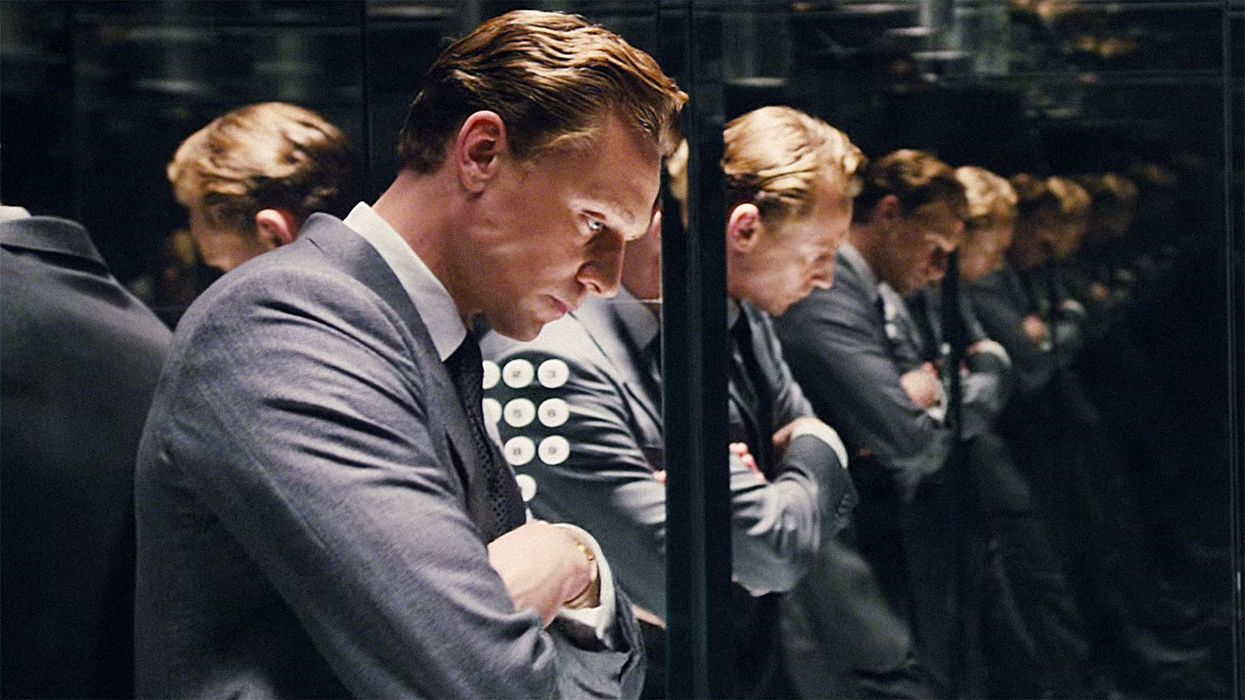Watch: What Makes a 'Cinematic' Image? Cinematographers Try to Explain
Cinematographers attempt to define that X factor that makes an image 'cinematic.'

Filmmakers and audiences have struggled to define "cinematic" since the dawn of the movie camera. The umbrella term is used to describe everything under the Hollywood sun, but most often refers to the emotional, captivating quality of cinema that is unique to the medium. Perhaps "cinematic" is best described by its absence: a talking head news story is about as un-cinematic as it gets.
In a new video from Cooke Optics, dozens of cinematographers attempt to describe what makes an image cinematic. The answers range from vague ("It's something that’s not contrived, something that’s subtle, and something that’s thought through," says DP Michael Snyman) to incredibly specific stylistically ("A sculpted image that doesn't stick to reality at all, with deep blacks and high contrast, with a big gap between warm light and cool light," according to Romain Lacourbas) to technical (John Fauer, a camera operator, says a cinematic image "certainly comes from the lenses, and lighting is probably more important than almost anything else").
But amid all the disparities, one consensus can be reached: cinematic images are always rooted in—and motivated by—story. Of course, each story is film-specific. So, as Mathieu Poirot-Delpech says, "There are as many definitions for cinematic as there are directors."
Are you like Ula Pontikos, who says, "I use it all the time, but I don't know what it means," or do you have your own definition of the term "cinematic"? Let us know in the comments.











